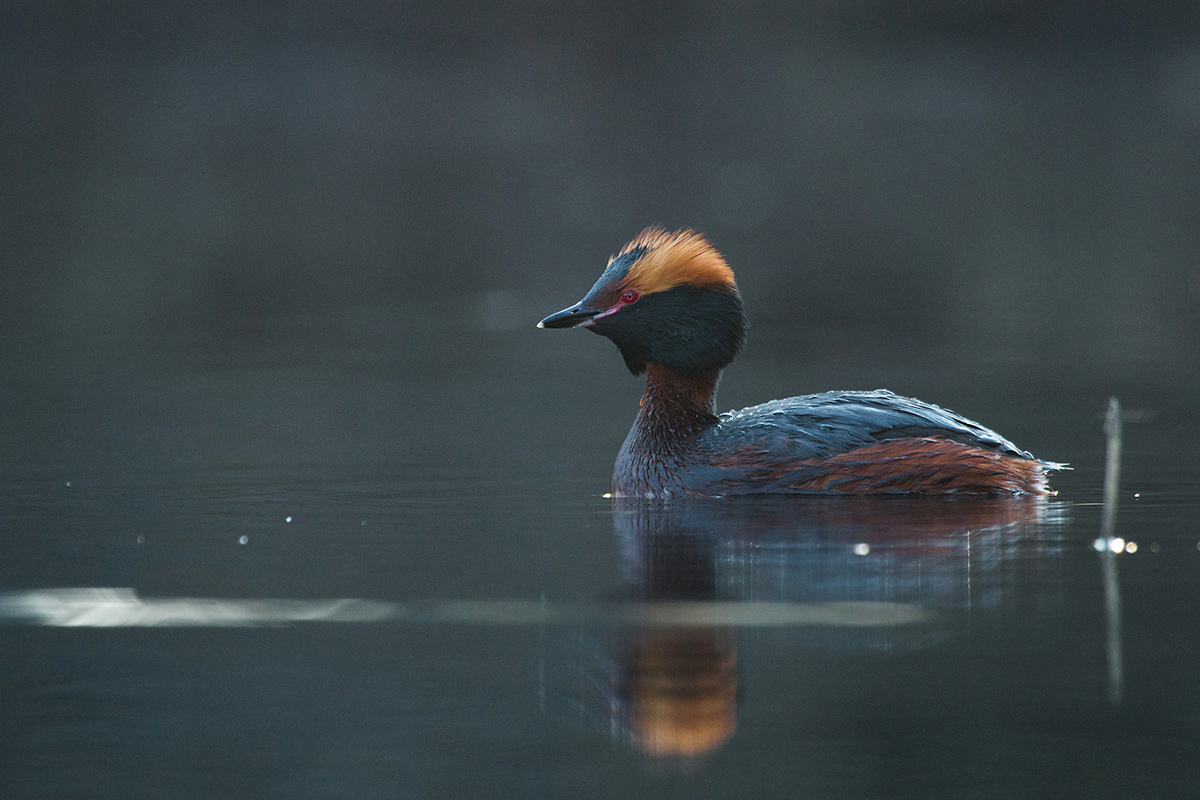As of 2025, 570 species are protected in Estonia

Based on their endangerment, protected species are divided into three protected categories on the basis of the Nature Conservation Act.
- Protected category I species are at high risk of extinction and the exact details of their habitats or sites are not disclosed in the media. This category includes, for example, all Estonian eagle species, the black stork, southern dunlin, Eurasian eagle-owl, natterjack toad, European mink, witches cauldron, Siberian flying squirrel, and freshwater pearl mussel.
- Protected category II species occur in very few or limited habitats and their abundance and range are decreasing. This category includes, for example, the great snipe, whooper swan, European medicinal leech, common yew, lady’s-slipper orchid, ringed seal, western capercaillie, and all bats living in Estonia. Their exact habitat or site information can also not be disclosed in the media.
- Protected category III species are common and widespread, but often their numbers have begun to decline. These include, for example, wild garlic, several orchids, several species of frogs, bumblebees, the corn crake, grey seal, Eurasian otter, common European viper and grass snake, as well as the now common nesting birds common crane and white stork.
The lists of species belonging to protected categories I and II are approved by a regulation of the Government of the Republic. The list of species belonging to protected category III is approved by a regulation of the Minister of the Environment.
As of 2025, 570 species are under protection in Estonia, of which 66 belong to the strictest protected category I (35 plant species, 21 animal species, 10 fungal and lichen species), 267 species to protected category II, and 237 species to protected category III. These lists are updated regularly every few years. In the light of changes in the condition of species and/or new knowledge, species may be added, removed, or reclassified. For example, in 2010, the southern dunlin and the Eurasian eagle-owl were moved from protected category II to the strictest category I and in 2025, the elder-flowered orchid and the hooded hemipilia were added to protected category I. As the range of protected species expands and their numbers increase due to effective conservation activity, the species have also been downgraded from a stricter protected category – for example, the grey seal, which was previously a protected category II species, has belonged in the protected category III since 2010.
The lists of protected species do not entirely match the Red List of endangered species. However, the latter is an important source on the basis of which species are protected and reclassified. In addition to the Red List, the protection of species is also based on international agreements, the European Union’s nature directives, and precautionary measures to prevent the overexploitation of species as a natural resource.
Sometimes, however, exemptions must also be applied for internationally. For example, according to the Habitats Directive, Estonia should have protected all large carnivores (bear, wolf, and lynx) upon accession to the European Union. As Estonia’s populations are viable and humans have to regulate the number of large carnivores, the Estonian state applied for an exemption from the European Union. Thus, from the moment of Estonia’s accession to the European Union, the bear, wolf, and lynx are protected under union law, but not according to Estonian legislation.
Species are mainly endangered due to habitat loss as a result of human activity or climate change, but the decreasing of their food base (for example, when their prey is less abundant than before), environmental toxins, hatred (previously all birds of prey, snakes), and other causes can also cause problems.
Last modified: 26.05.2025